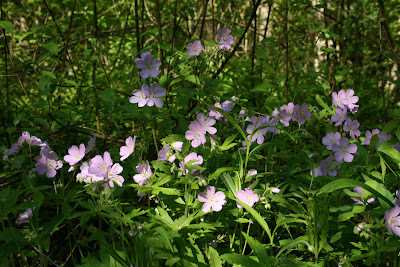I set the okra next to the bed into which they were to be planted. I made several trips carrying a bucket of water and a trowel and the bean seeds. Before getting underway I noticed that our neighbors were outside. I wanted to give them some extra leek and onion seedlings that I couldn't fit into my gardens. I was gone about 15 minutes. When I returned to my garden to plant the okra, someone was in the bed.
A painted turtle was building her nest and preparing to lay her eggs in the middle of the okra bed. She picked the one empty bed to lay her eggs. I'm certain she was not there 15 minutes earlier, but she must have been nearby. Turtles don't move that fast. So, I got my camera and sat and watched the turtle excavate the nest, dig holes for the eggs, then cover the eggs, all with her two hind legs. I think she was exhausted when she finished as she sort of trundled out of the bed and toward the garden fence on her way back to the wetland.
The okra, the bed, the turtle
The turtle working on her nest
A view through the sugar snap peas
She used her back legs to bring soil from the sides of the nest
and pack the soil. Notice also that her carapace is sunken in the rear,
now that the 5-8 eggs have been laid.
and pack the soil. Notice also that her carapace is sunken in the rear,
now that the 5-8 eggs have been laid.
Now, where was the nest!
She did an amazing job of camouflaging the site,
by spreading the loose topsoil back into place.
She was exhausted as she headed back to the wetland.
I marked the nest site with small flags and planted the okra around her nest site.
I'll mark the calendar 65 days from today, when the eggs should hatch.
The green beans will be planted tomorrow.
The green beans will be planted tomorrow.




















































